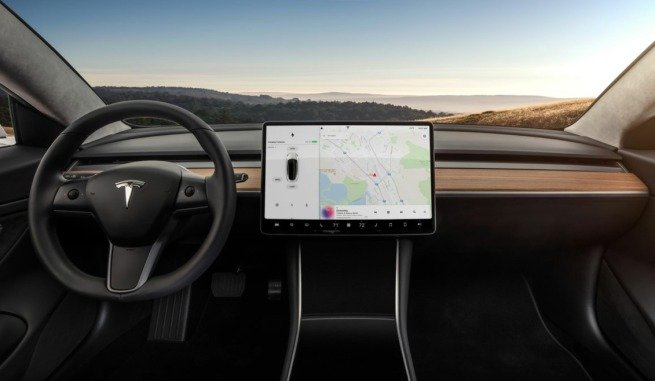
Self-driving giant Mobileye will help Polestar make the upcoming Model 4 largely self-driving.
There is of course a big race around self-driving cars, which are making steady strides towards what “everyone” has been waiting for – fully self-driving cars that don’t need an actual driver behind the wheel.
In China, for example, it is possible to order taxis that arrive without a taxi driver, and it was Baidu Apollo Go that started operating robotic taxis in the world’s first capital – which it did in Beijing this spring.
Baidu is one of the few companies working extensively with self-driving technology, and here we’re talking about a scale of 0 to 5. Most of today’s modern cars are 2 to 3, while what we think of as self-driving cars is the level 4 which allows the cars to do the driving task even under normal conditions.
Level 5 means cars that are self-driving in all kinds of conditions, and these cars need to be able to take you to the cabin even in a blizzard and across bad transit roads.
So the target is Tier 4, and in addition to Baidu we find companies like Google-owned Waymo, GM-owned Cruise, and not least Intel-owned Mobileye. The latter has been working with self-driving technology since 1999, and in 2021 it will reach 100 million cars equipped with its mobile eye. Now they have also passed 150 million vehicles.
Mobileye cooperates with a number of major car brands, such as Volkswagen, Porsche and Zecker. The latter is a kind of sister company of Volvo and belongs to the Geely group. Another sister company in that group is Polestar, which is working on two exciting, highly anticipated electric cars.
Polestar 3 will be registered for next year, while Polestar 4 is already here – although only in China. In Europe we will have to wait until next year for the elegant electric car that the Swedes themselves describe as an all-wheel drive coupe.
When it comes to autonomous driving, the Polestar 3 and Polestar 4 have two different solutions, technically called ADAS. It stands for Advanced Driver Assistance Systems, i.e. Advanced Driver Assistance Systems.
The Polestar 4 will be the first production vehicle equipped with Mobileye’s Chauffeur autonomous driving technology and will be integrated with Geely Group’s ECARX solutions that allow the integration of information, communication and transportation equipment.
More precisely, Polestar 4 will facilitate advanced driver assistance systems based on Mobileye SuperVision, and the launch of this technology is planned in the coming years.
The Swedes say they expect Chauffeur’s program to “enable point-to-point autonomous driving on highways, as well as automated driving in other environments”.
– I am very pleased with the progress of Polestar 4 production preparations. Thomas Engenlath, CEO of Polestar, says the collaboration with Mobileye can significantly drive innovation in the Polestar 4 electric SUV coupe.
– We know it’s not always fun and exciting to drive yourself – the integration of this technology means our customers can use autonomous driving whenever they want, making all future journeys enjoyable.
The Polestar 4 is based on the concept car concept, which was going to be a buzz when it was shown, and so has the shape of a coupe as well as the features found in a slightly more upright SUV.
Somewhat inconsequentially, the Polestar 4 is actually slightly smaller than the Polestar 3 which at 4.90m in length and 4.84m in length – but makes up for that with a massive wheelbase of exactly 3.00m – just a centimeter more than the P3.
It is also the leader when it comes to power, because it should be possible to get the 4 with 544 hp allowing acceleration from 0 to 100 km / h in 3.8 seconds, while the target range is 560 kilometers through the 102 kWh battery the hour.
Thus, the car was launched in China, and it is scheduled to be launched in other countries next year. And in a little longer, it will also become more self-driving, thanks to lots of sensors, computing power – and with the help of Mobileye.
Read also:

“Web specialist. Lifelong zombie maven. Coffee ninja. Hipster-friendly analyst.”




